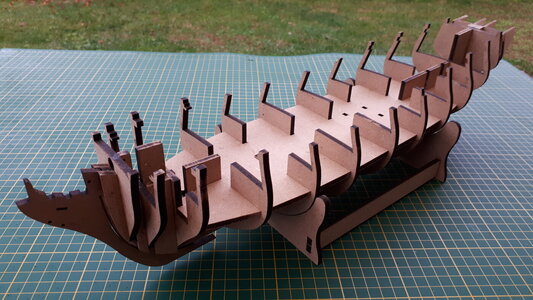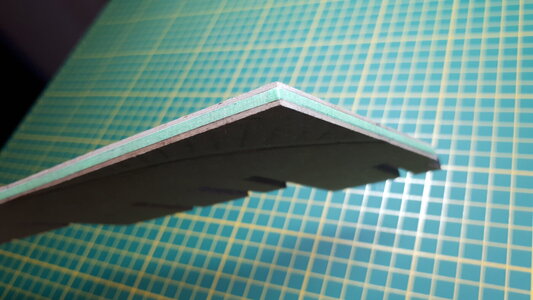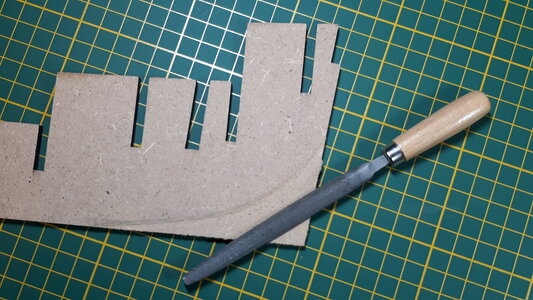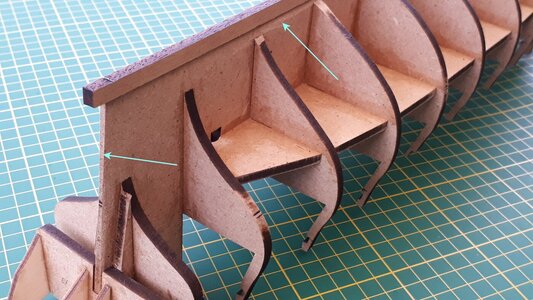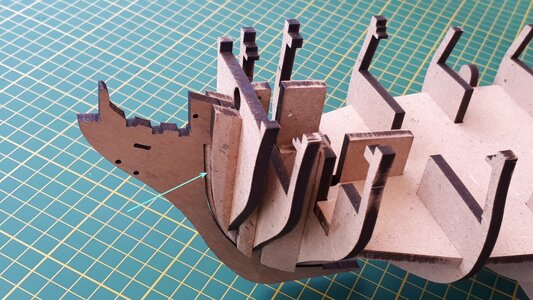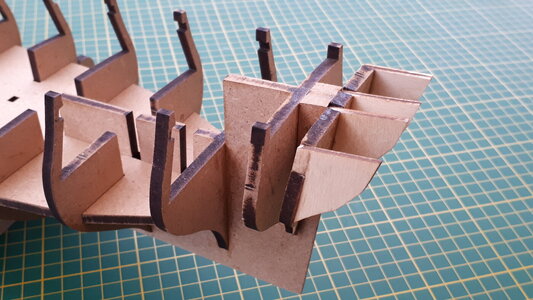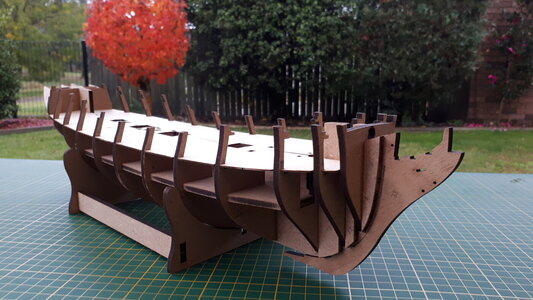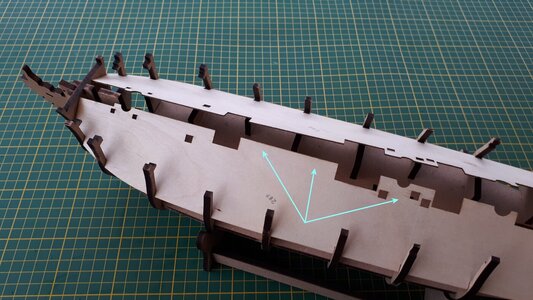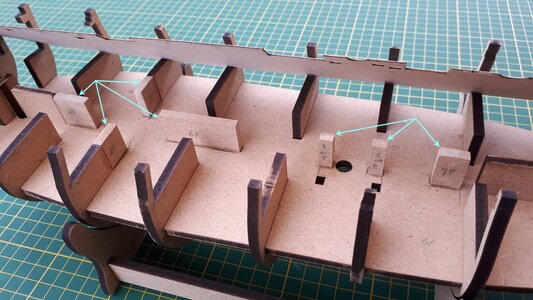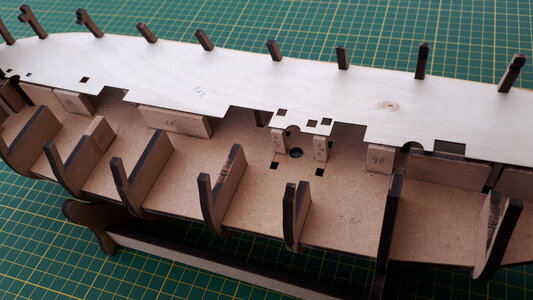I agree with your opinion about Artesania Latina.Thanks Grant! I must admit that the Amati material does look like good quality, although I only have Artesania Latina to compare with at this stage, whose rigging thread in particular left a bit to be desired.
This is going to be a long movie, but thanks for climbing aboard. Feel free to use your remote to stop, rewind or change channels at any time. The pause is most welcome, but please, never press the fast-forward button
Amati is far superior in every way.
Have a good time !






